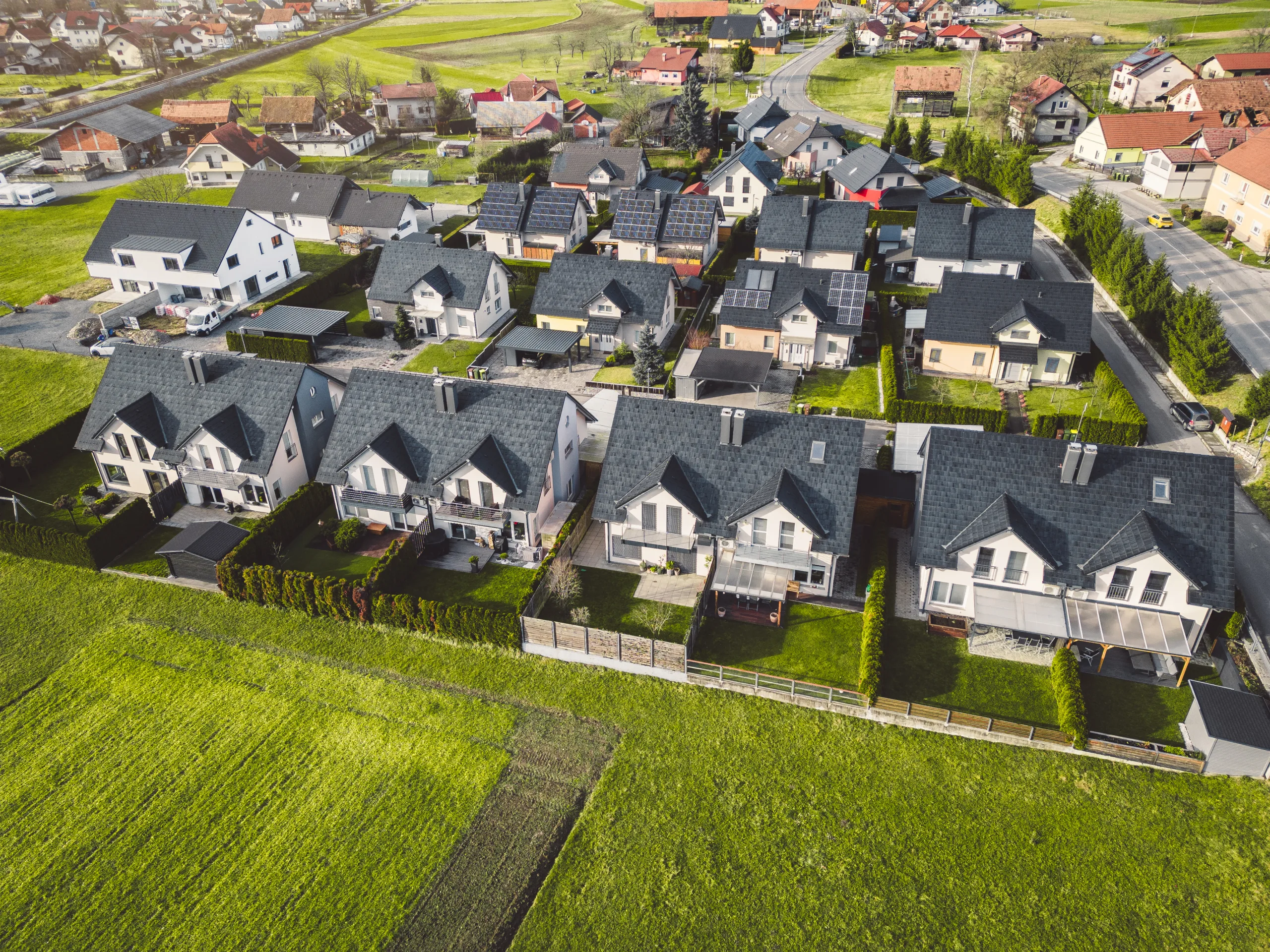- REITs are acquiring seniors housing assets at prices below replacement cost amid limited new development.
- Demand is surging due to a rapidly growing 85+ population, projected to rise 60% by 2035.
- Public REITs like Welltower and Ventas are leading acquisitions, leveraging strong capital positions.
- Strategies focus on high-yield, newer vintage communities and partnerships with experienced operators.
Public REITs Are Betting Big On Seniors Housing
Publicly traded real estate investment trusts (REITs) are ramping up their investment activity in seniors housing, reports Seniors Housing Business. They are betting on long-term demographic trends and the opportunity to acquire properties at attractive prices. Amid a sharp slowdown in new development and a rapidly aging population, firms like Welltower, Ventas, Sabra, and others are expanding aggressively. They are focused on building out portfolios in private-pay independent living, assisted living, and memory care.
Rising Demand, Shrinking Supply
The industry is finally seeing the demographic wave it has long anticipated. Between now and 2035, the US population aged 85 and older is expected to grow from 7M to over 11M—a nearly 60% increase.
Yet new supply is lagging. NIC MAP data showed that only 1,076 new units began construction in Q1 2025 across 31 primary markets, the lowest volume since 2009.
Get Smarter about what matters in CRE
Stay ahead of trends in commercial real estate with CRE Daily – the free newsletter delivering everything you need to start your day in just 5-minutes
REITs Lead While Private Equity Pulls Back
REITs like Welltower (NYSE: WELL) and Ventas (NYSE: VTR) are leading the acquisition charge. Welltower invested $6.2B in seniors housing in Q1 alone, exceeding its total for all of 2024. That included a $3.35B deal for a Canadian portfolio from Amica Senior Lifestyles. Ventas, meanwhile, raised its 2025 acquisition guidance to $1.5B and is targeting markets with high absorption and low new supply, such as Texas.
Private equity firms have been less active in the current high-interest-rate environment. While some are returning to the market, REITs enjoy a cost-of-capital edge thanks to access to both equity and debt markets.
Buying Below Replacement Cost
REITs are targeting acquisitions below current construction costs—often 25% to 50% cheaper. For instance, National Health Investors (NYSE: NHI) is finding deals in the $200K–$250K per unit range, compared to new development costs of $300K–$400K per unit. NHI currently has a $331M investment pipeline and recently closed a $46.3M deal in New Jersey with a 7.95% initial yield.
Sabra, LTC, And DHC Pursue Varying Strategies
- Sabra Health Care REIT (NASDAQ: SBRA) is targeting newer-vintage assets that are between 5 and 10 years old. The company is focused on properties with clear paths to stabilization, especially those that combine independent living, assisted living, and memory care under one roof.
- LTC Properties (NYSE: LTC) is focusing on long-term operator partnerships and RIDEA-structured investments that align performance incentives. LTC has a $300M pipeline, with 80% allocated to RIDEA deals.
- Diversified Healthcare Trust (NASDAQ: DHC) is bucking the trend as a net seller, using proceeds to deleverage its balance sheet and reinvest in its communities. It expects to close on the sale of ~30 communities by year-end and is allocating over $100M to capital improvements in 2025.
Why It Matters
With occupancy rebounding, new development constrained, and demographic demand accelerating, REITs see a unique window to expand portfolios with strong yield and long-term upside. Publicly traded healthcare REITs returned over 10% year-to-date as of July, signaling investor confidence in the sector’s growth trajectory.
What’s Next
Sellers are bringing newer assets to market, often due to maturing fund cycles or challenges with refinancing existing properties. REITs are actively stepping in as dominant buyers as more of these investment opportunities hit the market. In key markets like Texas, the 80+ population will grow over 40% in the next five years. This demographic surge will drive strong demand for seniors housing across the region. At the same time, replacement costs continue to climb. As a result, seniors housing remains a long-term growth opportunity for REITs pursuing disciplined acquisitions and strong operator partnerships.


















